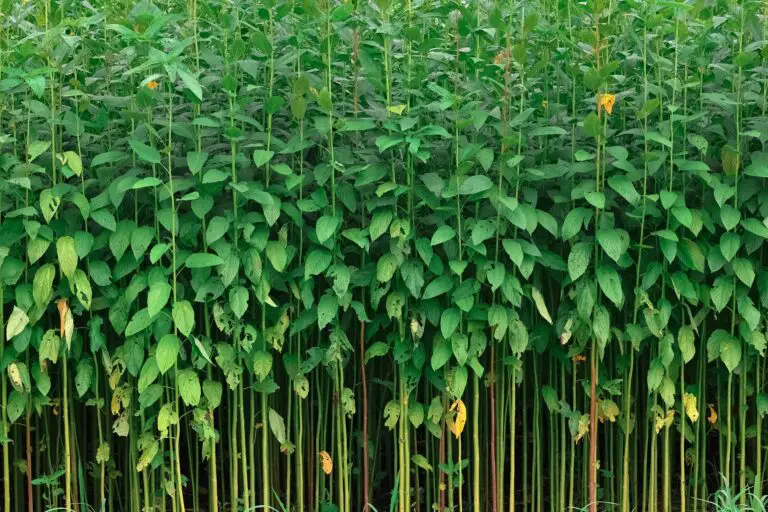Intriguing Beginnings of Sedum
Unraveling the story of Sedum, affectionately known as Stonecrops, is like peering through the botanical annals of time. These hardy succulents, celebrated for their resilience and diverse array of species, are more than just a pretty addition to our gardens; they’re living histories. But where did the tale of Sedum begin? Let’s dig into their rich history and discover the etymological roots of this fascinating genus.
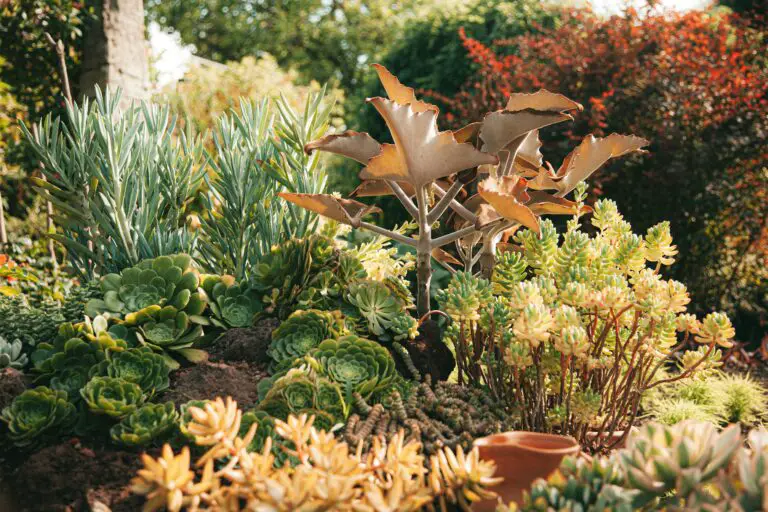
The name Sedum itself is derived from the Latin ‘sedo,’ meaning “to sit,” aptly describing the plant’s growth habit, often found perched atop rocks and ledges. Initially classified by Carl Linnaeus, these plants quickly found their niche within the botanical community due to their intriguing forms and adaptive nature. Even the untrained eye can spot a Sedum, with its fleshy leaves and star-shaped flowers that seem to say, “Here is where I belong, no matter where I’ve sprung from.”
From the rolling hills of Europe to the craggy outcrops of Asia, Sedum species have nestled into many landscapes, showcasing their global footprint. If you’ve ever marveled at the simplicity with which Sedums adapt to a variety of environments, you’ve only scratched the surface of understanding these botanical wonders. Their capacity to thrive in lean soils and withstand drought is not just a survival mechanism; it’s a living testament to their evolutionary prowess.
Whether it’s the vibrant ‘Gold Chain’ draping over a stone wall or the stoic ‘Bird’s Bread’ rising from an alpine cliff, each Sedum tells a story. It’s not just their history that fascinates but their journey across continents and cultures, ending up as cherished ornaments in our modern gardens. They’ve survived and thrived through centuries, asking for nothing more than a sliver of earth to call home.
Next time you spot a patch of Sedum, take a moment to appreciate these botanical survivors that have journeyed far and wide to bring a touch of wild beauty to our curated spaces. The history of Sedum is not just etched in the books of science but rooted in the very soil beneath our feet, a narrative of endurance and botanical brilliance.
Delving into the Diversity of Sedum Species
The sedum family, also known as stonecrops, is as varied as it is vast, offering a kaleidoscope of sizes, shapes, and colors that masterfully adapt to their surroundings. From the picturesque peaks of the Himalayas to the arid expanse of Mexico, these robust succulents have made themselves at home, demonstrating a remarkable adaptability to different environments. Picture the Sedum telephium, flourishing in the cool, temperate climes of Europe, while its cousin, the vibrant Sedum rubrotinctum, thrives under the scorching sun of the Mexican desert.

Each species tells a tale of evolutionary artistry, painted onto the canvas of our planet’s diverse ecosystems. Consider the Sedum acre, which has honed its ability to grow in the most inhospitable of soils, sparse and rocky though they may be. It’s an embodiment of botanical tenacity, a trait shared by the Sedum spathulifolium nestled on the windswept ledges of North American cliffs. These hardy survivors showcase the sedum’s intrinsic capacity to not just survive, but flourish across a mosaic of climates.
For more details on how to nurture these versatile plants, you might want to peruse the insights offered by The Spruce, a treasure trove of sedum plant information. And for an even broader look at the types of stonecrops available, pop over to Sedum Spectacles: Exploring the Varied Heights of Stonecrop Plants, which unwraps the secrets of thriving stonecrop varieties without focusing solely on their ability to weather the cold.
Stepping into a garden adorned with sedums is akin to embarking on a global expedition. Each plant, a distinct fragment of the world’s botanical anthology, invites us on a journey to its native homeland. So next time you encounter a sedum, take a moment to appreciate not just its beauty, but the geographic tale etched into its very leaves.
Global Spread: From Native Soil to Worldwide Gardens
Originally hailing from the rocky ledges and arid landscapes of the Northern Hemisphere, Sedum, or stonecrops, are masters of survival. They’ve journeyed far from their ancestral homes, sprouting in territories that span from Asia’s exotic gardens to the rugged wilds of the American West.
For anyone questioning whether a garden can thrive on minimal care, the stonecrop stands tall as a testament to Nature’s resilience. As enthusiastic gardeners have learned, fostering these succulent treasures offers a palette of colors, shapes, and textures that invigorate any garden space. A humble patch of stonecrop evokes the sagebrush-scented mesas and sunbaked Mediterranean slopes, speaking to its remarkable adaptability and history.
Imagine a world where Sedum’s rubbery leaves blanket every continent’s nook, a silent nod to centuries of cultivation and exchange. Through trade routes and across vast oceans, the stonecrop’s journey is a botanical odyssey. It’s a story of human fascination with these rugged yet delicate plants, and our ongoing appeal to bring the beauty of distant landscapes into our own backyard.
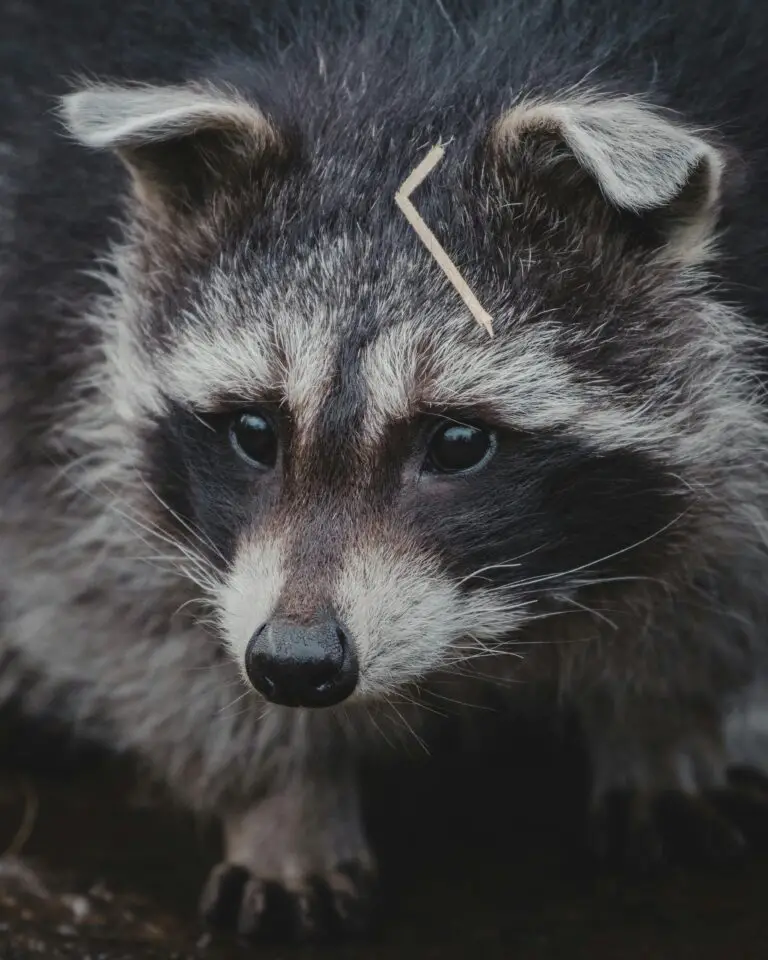
In an English cottage garden or nestled in a New York City rooftop garden—stonecrops have proven their worth as beloved international transplants. These resilient spirits bear witness to the botanical curiosity that has brought diverse sedum species from the familiar crags of their origins to the lovingly tended gardens across continents.
Whether it’s the voluptuous mounds of ‘Autumn Joy’ in a Bavarian retreat or ‘Blue Spruce’ stonecrops lining a Japanese stone path, the global spread of Sedum is a tale of both beauty and botanical exchange. Their natural pageantry has made an indelible imprint on landscapes the world over, and these tough little plants continue to conquer new territories and the hearts of gardeners alike.
Ecological Significance of Sedum Habitats
Delving into the thriving ecosystems where Sedum plants, or Stonecrops, make their home unravels a tale of resilience and ecological harmony. Unique in their adaptability, Sedums have conquered an array of climates, from arid deserts to rocky highlands. But it’s not just their survivalist superpowers that have ecologists talking; it’s the roles these succulents play in their native environments, contributing to the fabric of local ecosystems.
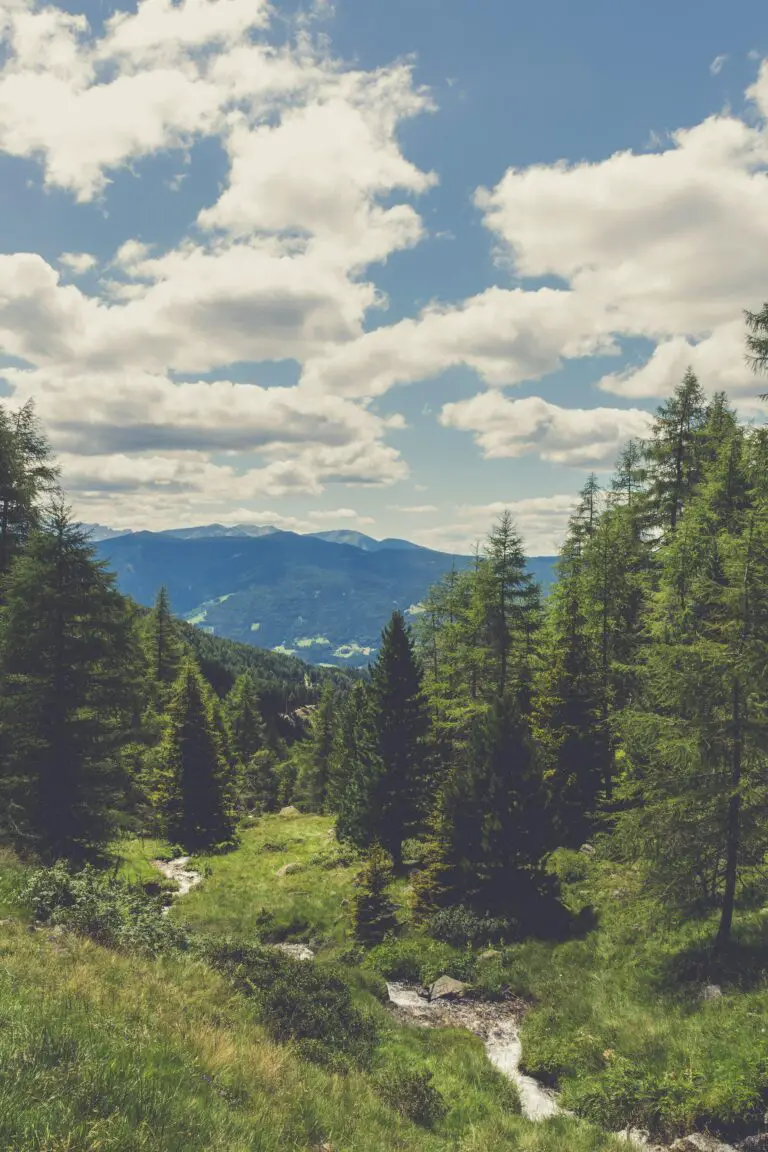
Consider the sun-baked rockeries where Sedum seductively sprawls. These heat-loving heroes are masters of drought tolerance, their thick, fleshy leaves a storage vault for precious water. In these challenging terrains, where life clings on by a thread, Sedums create microhabitats, islands of refuge where insects buzz and life flourishes. They are pioneers in inhospitable lands, setting the stage for other species to join the ecological ensemble.
In colder climes, where the chill of winter bites harshly, Sedums soften the blow. Their hardy nature ensures survival beneath snow and ice, and when spring arrives, their blooms offer the first rich banquet for pollinators. Bees, butterflies, and other insects flock to these buffet tables set amidst the thaw, kickstarting the pollination cycle so vital to the survival of numerous plant species.
But Sedum’s ecological significance doesn’t end with the changing seasons. In urban areas, where concrete reigns and greenery sparse, these steadfast succulents offer a green breathe of fresh air. Green roofs dotted with Sedums are not mere aesthetic pleasures; they are biodiversity hotspots that regulate building temperature, manage rainwater flow, and provide a sanctuary for urban wildlife, effectively tuning the steel symphony of city life to a more natural rhythm.
Real-life scenarios echo the importance of Sedums. In regions prone to soil erosion, Sedum species act as nature’s stitches, binding the soil with their root systems and reducing runoff. Fields, once teeming with vibrant wildflowers and grasses, are being restored, with Sedums leading the charge. These plants don’t just survive; they revive and sustain ecosystems dancing delicately on the edge.
Cultivating Sedum in Your Own Backyard
Imagine transforming a section of your garden into a vibrant mosaic of drought-tolerant jewel-toned Sedum, as if recreating their natural rugged cliffs and alpine habitats. Well, strap on your gardening gloves, because that dream is well within your reach! Growing Sedum, also affectionately known as “Stonecrops,” taps into a primal gardening pleasure — observing the resilient beauty of these succulents thriving under your care.
First things first, let’s talk location. Sedums are sun worshippers. They bask under the full, unfiltered day-star just like they do in their native rugged landscapes. A spot that receives at least six hours of sunlight is your garden’s equivalent of Sedum’s original homelands. But hey, don’t fret if your garden does the hokey pokey and only gets part sun — most Sedum species forgive those partial shade days with just a teensy bit less vigor.
Now for the soil — think gritty, think drainage. Just as their ancestors settled in well-draining soil on rocky ledges, your Sedum will require similar conditions. A rocky or sandy soil mix evokes their ancestral grounds and prevents root rot, ensuring that your Sedum doesn’t suffer from overly moist feet. But don’t despair if you’re starting off with heavy or clay soil — amend it with gravel or sand, and witness your Sedum perk up as if they’re back in their ancient cradle.
When it comes to watering, remember the mantra: less is more. Overwatering is the kryptonite to your Sedum’s superpowers. Mimic the infrequent rainfall of their original homes by allowing the soil to dry out completely before giving them a drink. This technique encourages deep root systems and makes your Sedum plants robust, capable of withstanding drought spells just like their relatives from arid regions.
Feeding your Sedum is a bit like playing matchmaker — it’s all about compatibility. These hardy plants are accustomed to the frugality of nutrients available in their birthplaces. Therefore, a low-nitrogen fertilizer offered up just once a year is like setting up a friend with the perfect date: it’s all the nourishment needed to keep the romance with growth and blooming alive.
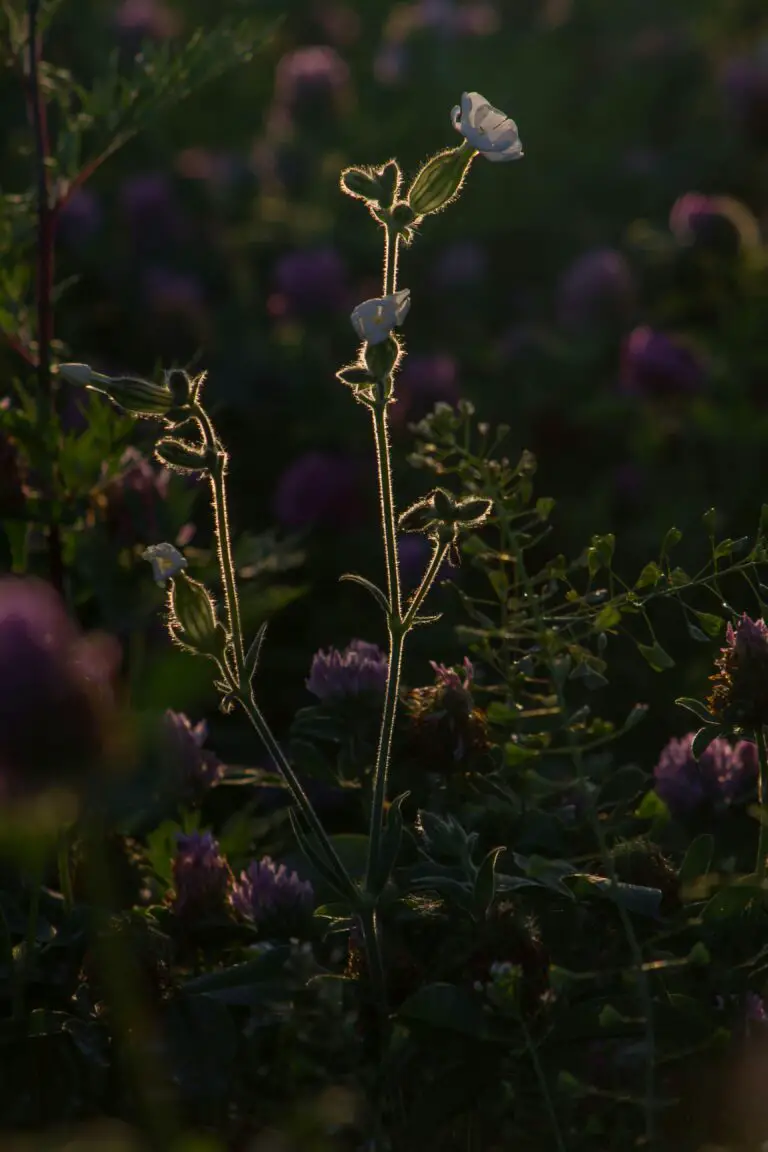
Pruning isn’t a dirty word when it comes to Sedum. Unlike the untouched highland serenity from where Sedum originates, our gardens thrive with a little intervention. A carefully timed trim, just as new growth emerges, keeps these succulents compact and prevents a midsummer’s splay. It’s the gardening equivalent of sculpting a masterpiece reminiscent of their native landscapes — each snip a stroke of artistry.
Finally, why not replicate the community vibe of Sedum’s endemic regions by companionship planting? Pair Sedum with other drought-tolerant plant pals like Lavender, Russian Sage, or Ornamental Grasses. Together, they’ll throw a garden party the local pollinators won’t resist — with a guest list echoing the biodiversity of where does Sedum come from. So, let’s get planting and witness the joy of these lush, low-maintenance beauties gracing our backyards.
Conservation Efforts and Preserving Sedum Diversity
As we dig deeper into the origins of sedum, it becomes clear that safeguarding these versatile stonecrops is vital not only for our gardens but for ecosystems worldwide. These resilient plants, which can thrive in rocky terrains and withstand droughts, are more than just survivors—they are keystones in their native habitats. But what happens when their existence is jeopardized? That’s where conservation strategies and preservation efforts come into the picture, or rather, the landscape.
Cultivating Conservation: Real-World Implications
Imagine a world without the lush tapestry of sedum varieties that adorn our landscapes. Not on our watch! Conservationists are ramping up efforts to protect these hardy plants, with strategies that encompass habitat preservation, legal protection, and the establishment of seed banks. Take, for instance, the green rooftops sprouting up in urban areas—not only do they provide a haven for sedum, but they also contribute to biodiversity, urban cooling, and water retention. It’s an elegant solution: give nature a home, and she’ll do the heavy lifting.
One inspiring example comes from the cliffs of Mexico, where the native Sedum allantoides grows. Local communities have partnered with botanists to ensure the species thrives. By protecting the cliffs from overdevelopment, they ensure that these specific sedum variants flourish—keeping the cliffs alive with a riot of green and yellow. It’s a testament to what can be achieved when we unite for conservation.
Dodging Genetic Bottlenecks: The Sedum Saga Continues
In the face of habitat destruction, over-collection, and climate change, maintaining the genetic diversity of sedum is a race against the clock. It’s not just about saving the plant; it’s about preserving its potential. Genetic diversity acts as a toolbox for sedum, enabling it to adapt to changing environments and resist diseases. Conservation groups are gathering seeds, cultivating them, and reintroducing them back into the wild—a botanical backup plan, if you will.
With these efforts, we’re not just preserving greenery; we’re ensuring future generations inherit a world rich in diversity. After all, a garden with a variety of sedum species is more than just pleasing to the eye; it’s an ecosystem teeming with life, supporting everything from pollinators to soil microbes. By stewarding the genetic tapestry of sedum, we’re crafting a legacy of resilience and beauty.
To get a better understanding of the significance of such endeavors, let’s dive into a video that highlights the impactful research on plant growth and water conservation—core principles that are fundamental to the survival of sedum species.
Frequently Asked Questions
Where does sedum come from, and why is it thriving in my garden?
Sedum, or stonecrops, are incredibly versatile plants with a knack for survival in various conditions. Originally hailing from the Northern Hemisphere, these hardy succulents have spread their roots far and wide. Imagine a plant so robust that it can be found flourishing on rocky slopes, thriving in arid desertscapes, and even brightening up rooftop gardens!
What’s the secret behind Sedum’s minimal care routine?
Requiring little more than some sunshine and occasional water, Sedum has earned a reputation as the go-to plant for forgetful gardeners. Picture a low-maintenance friend that forgives your neglect and still showers you with blossoms. Their fleshy leaves store water like a camel’s hump, making them self-sufficient and drought-resistant champions!
How do Sedum plants contribute to sustainable gardening?
These eco-warriors play a pivotal role in green infrastructure. By incorporating Sedum into green roofs and living walls, urban dwellers are creating lush oases in concrete jungles. These installations not only beautify the environment but also improve air quality, reduce heat islands, and offer habitats for urban wildlife.
Whether you’re a seasoned gardener or a budding green thumb, Sedum’s forgiving nature and ecological benefits make it a top contender for your next garden project. And don’t worry about getting it just right—these resilient plants are about as laid-back as it gets in the plant world!
